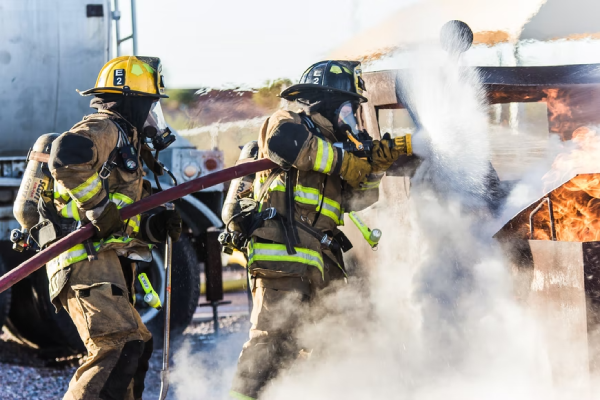
The Role of Digitization In Rescue Teams
Rescue teams carry out one of the most dangerous yet rewarding jobs with the sole aim of helping their local communities.
In recent years, we have seen the rise in extreme weather events, such as floods and storms, or security issues, such as those with high-rise buildings.
Rescue teams are always trained both technically and physically. They usually have to pass fairly rigorous tests in order to demonstrate these capabilities. However, when dealing with a real situation, these skills alone are not enough. In order to carry out an efficient rescue service with the least risk of danger possible, they need to make use of other tools.
The incorporation of IoT to rescue teams
Until recently, when analyzing prevention needs for rescue teams, only protection tools were taken into account. Now, given the digital transformation process of recent years, this has changed.
The benefits that technology brings to rescue teams can be incalculable. Especially if we indicate that these have come to save lives. This is why when we talk about benefits, we are not only referring to economic benefits or work efficiency, but also to the reduction of danger for both rescuers and rescued.
The technology has benefited everyone involved in a rescue operation, both those on the front line and those in support at the headquarters. Thanks to the incorporation of the Internet of Things (IoT), operations are more efficient, with higher productivity, the ability to work remotely and to obtain data information in real time.
Key benefits of digitalization for recue teams
Real-time data collection is key in the role of digital transformation. For example, one of the key applications is geolocation. Thanks to this information, headquarters support teams can have their colleagues on the front line located at all times.
On the other hand, devices such as the NGD-One, located in the protection helmet, allow the analysis of the atmospheric conditions of the place where the rescue must take place and incorporate an altimeter and a rescue button.
It is clear that technology plays a fundamental role in the rescue activity and can become the best ally of the teams. This is why a greater investment in technology and innovation is necessary in rescue units at any level.
Share this article on your Social Media:
